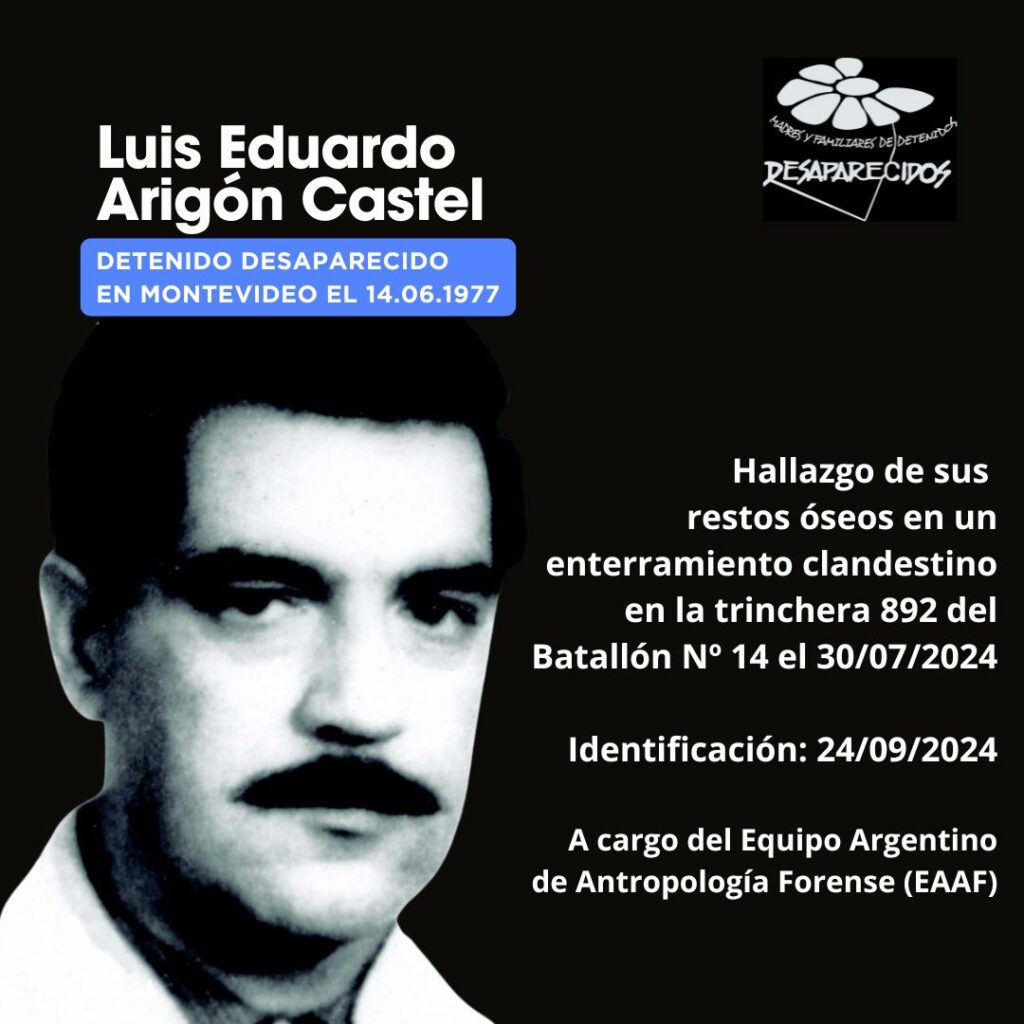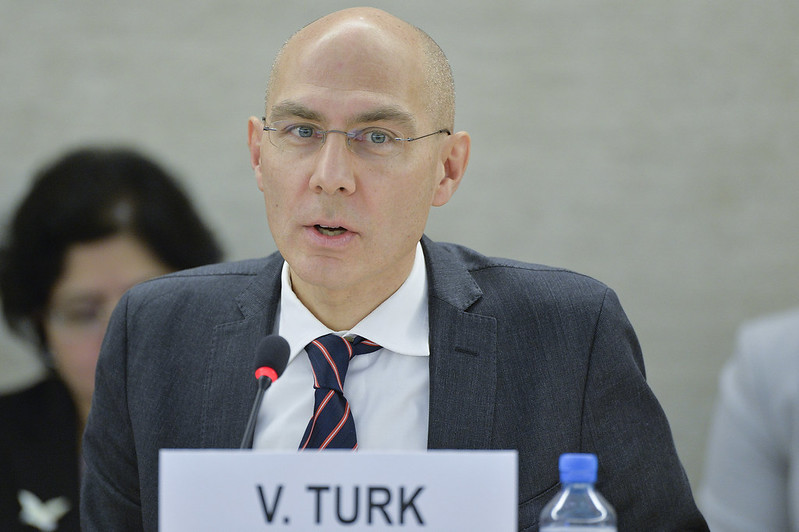Excavations of the 13th Battalion of the former Uruguayan detention center have resumed after a two-year hiatus. The search for the human remains, which resumed in early September, was suspended due to damage to a high-voltage cable.
The Army’s Thirteenth Infantry Battalion was one of several clandestine detention and torture centers that existed during Uruguay’s civil-military dictatorship. During the dictatorship, which ruled from 1973 to 1985, thousands of Uruguayans were tortured and 197 forcibly disappeared, according to the group Mothers and Relatives of Disappeared Uruguayan Prisoners (Famidesa).
Many of these disappearances were part of Operation Condor: a concerted effort by several South American dictatorships to track down and eliminate political “enemies,” especially those belonging to guerrilla movements, left-wing groups, trade unions, and religious organizations.
Today, the search continues for the remains of over 160 Uruguayans.
It was initially an anonymous tip from an ex-soldier that pointed authorities in the direction of the 13th Battalion as a possible burial site.
Earlier this year, Alba González, a member of Famidesa, criticized the “red tape” of the two-year moratorium on excavations at the site. According to Montevideo Portal, she argued, “State actors continue to avoid their responsibility and delay this process. Meanwhile, anthropologists are waiting to resume their work, and claimed that Uruguay “is in a constant field of dispute over the truth”.
Before the cable was damaged, two sets of human remains had already been discovered in Battalion 13: those of Fernando Miranda and Eduardo Bleier.

There is evidence to suggest that the remains of other missing prisoners could be found in the same premises, including those of Argentine national María Claudia García de Gelmán, who was arrested while pregnant in Buenos Aires and forcibly taken to Montevideo.
Anthropologist Alicia Lusiardo told a press conference that the team of anthropologists will need one and a half to two months to complete the excavation of the site, which will cover 8,000 square meters of land.
On Tuesday, Luis Eduardo Arigón Castel was identified as the missing detainee whose remains were found in July at another former clandestine detention center, Battalion 14.
According to Famidesa, Arigón Castel was 51 years old, married and had two daughters when he was kidnapped from his home, detained a third time, tortured and then killed. He was the leader of the Uruguayan Federation of Employees of Commerce and Industry (FUECI) and an active member of the Communist Party of Uruguay.


